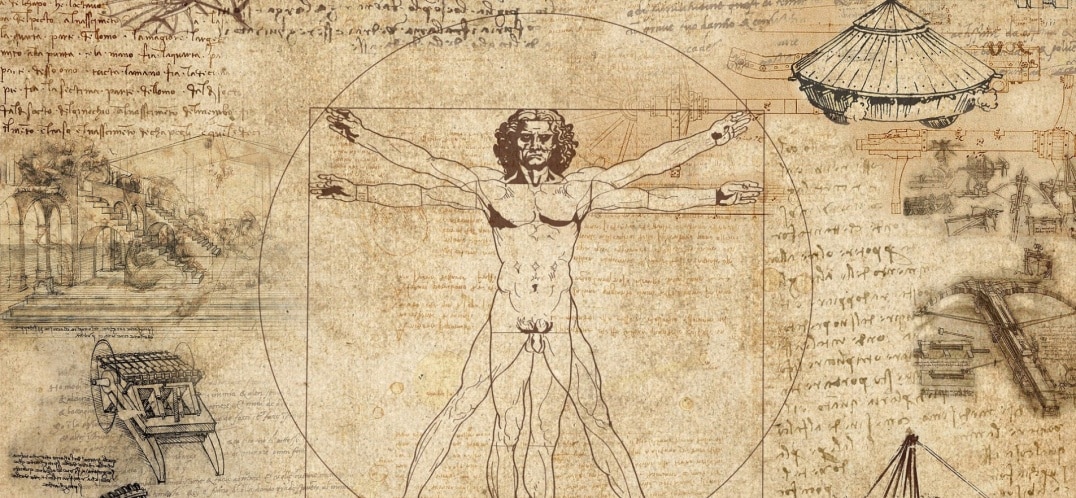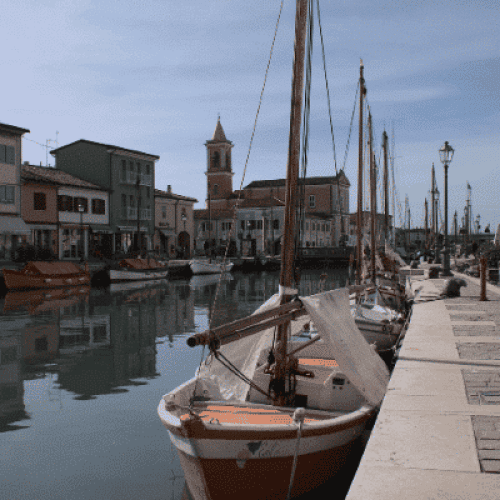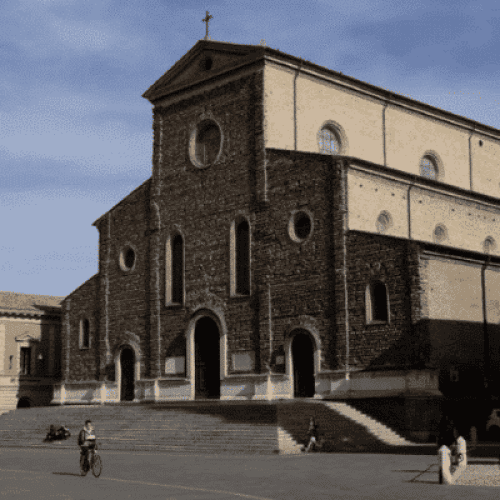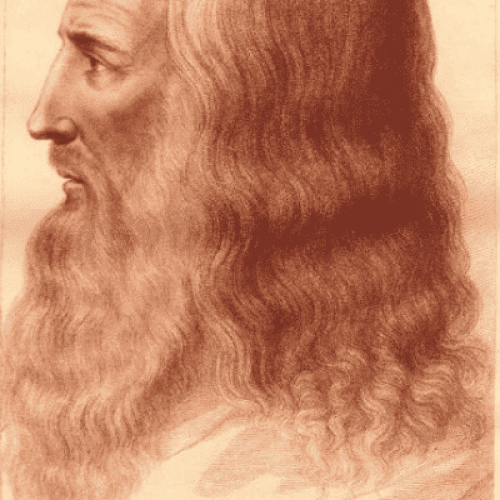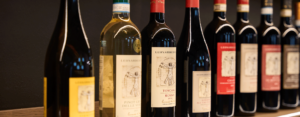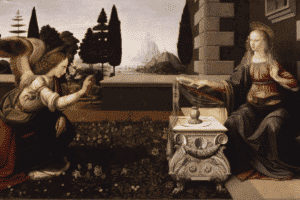A character emblematic of – but not limited to – Italian culture, Leonardo da Vinci is the indisputable genius of the Renaissance period. He was born in 1452 in Anchiano, a fraction of the municipality of Vinci, where he lived and spent his first 30 years experimenting with his works. There are many curiosities about Leonardo da Vinci, beginning from the moment he learned to draw and paint with a marked propensity towards the study of all forms of knowledge. He was gifted with extreme wit and intelligence and is remembered for his research in the field of anatomy, engineering and architecture and for his curiosity and spirit of observation, so much so that he is nicknamed “the genius”.
From a very young age, Leonardo approached the world of art before moving on to other disciplines. Leonardo delighted in architecture, theater, sculpture, cartography, but always returning to art. It was in 1503 that he began to paint the Mona Lisa, perhaps his most famous painting and certainly the one that arouses the most intrigue. Of all the curiosities surrounding Leonardo da Vinci’s Mona Lisa, the most intriguing is that of the identity of the girl portrayed and her enigmatic smile.
Leonardo’s gifts were many: he possessed strong skills in the field of mathematics and science, beginning a spasmodic study and research on fossils, not forgetting anatomy and the study of flight. He was the first to understand the correct functions of the heart and its mechanisms, sensing that it had the function of a pump, thus changing subsequent studies and treatises on anatomy. He represented, or rather was the first to represent, the human anatomy well, taking care to dissect human and animal bodies during the final years of the fifteenth century.
An always evolving intellect, eager to understand, in the early sixteenth century he devoted himself completely to engineering. His drawings are reminiscent of modern and advanced objects, the best known invention being his flying machine which is based on the physiology of a bat. He then focused on the mechanics of flight and the possible implications for the contemporary world. A multifaceted, Renaissance man who was hungry for knowledge, his research and his studies were all interrelated.
His place of origin, the hills of Vinci, and its peasant roots naturally lead to a passion for agronomy and thus for vines and wine. Having stayed for a long time in Romagna, he had the opportunity to carefully study grape systems, deepening their details and showing himself particularly attentive to their growth and development. The 1502 Da Vinci in Romagna collection is dedicated to Leonardo’s stay in Romagna. This collection gathers the most popular wines of the Romagna area according to the stages of the tour that saw him as a guest of these lands for six months.
Leonardo became passionate about agronomy and understood how essential it was to create a healthy environment: first of all for the plant. then through the fertilization which must be fed with basic and non-invasive substances. and finally the vinification in closed barrels. His dictations, which were considered innovative at that time, are today followed by Cantine Leonardo da Vinci as a model of practices for the production of wines.
Leonardo therefore understood the fundamental reasons for a balanced lifestyle in harmony with the environment in which one lives; an extremely useful practice to be able to enjoy one’s existence to the fullest.
